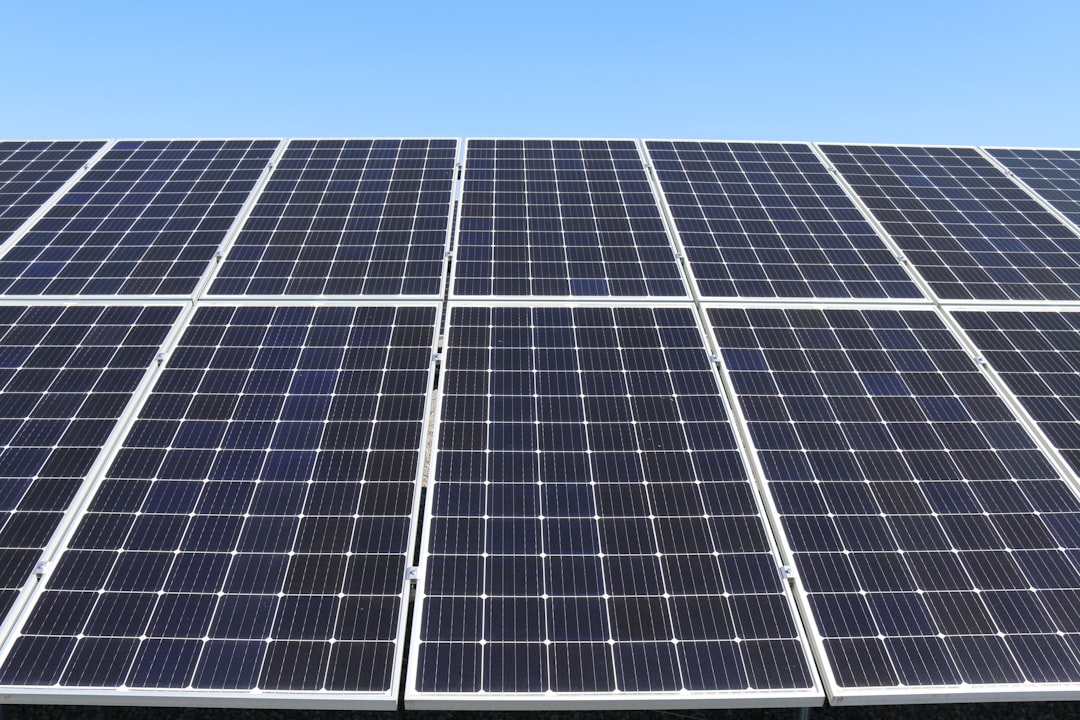What is it about?
DynEarthSol3D (http://bitbucket.org/tan2/dynearthsol3d/) is an open-source code for geodynamic simulation. To make this code applicable to challenging problems in geodynamics, we explore strategies for boosting the code's performance using GPUs. Our work shows that the new type of processor from AMD, which has CPU and GPU on the same chip, can effectively solves the problem of slow memory transfer between CPU and GPU. Also, we show that the optimization strategies we adopted for DynEarthSol3D effectively boost performance on the AMD's tightly coupled CPU-GPU processor.
Featured Image
Why is it important?
Geodynamic simulations typically involves small-scale features like fault zones in a large-size domain spanning 1000s km. As a result, a very high-resolution model is often desired but such a model takes a long time to run. To get results within a reasonable amount of time and with a reasonable amount of resources (e.g. # of cores, power bills, etc), it is important to take advantage of modern co-processor technologies like general purpose GPU computing. Our study shows one way of tapping the power of the newest co-processor design and its efficiency.
Perspectives
The optimization strategies we employed in this work can be applied to other types of co-processors. For instance, the latest NVIDIA GPUs or Intel Xeon Phi processors come with technologies that improve memory transfer speed or get rid of the need for memory transfer. DynEarthSol3D will be really useful and widely used if it can achieve good scaling in parallel performance on one or more of these modern hardware.
Dr Eunseo Choi
The University of Memphis
Read the Original
This page is a summary of: Accelerating DynEarthSol3D on tightly coupled CPU–GPU heterogeneous processors, Computers & Geosciences, June 2015, Elsevier,
DOI: 10.1016/j.cageo.2015.03.003.
You can read the full text:
Contributors
The following have contributed to this page










